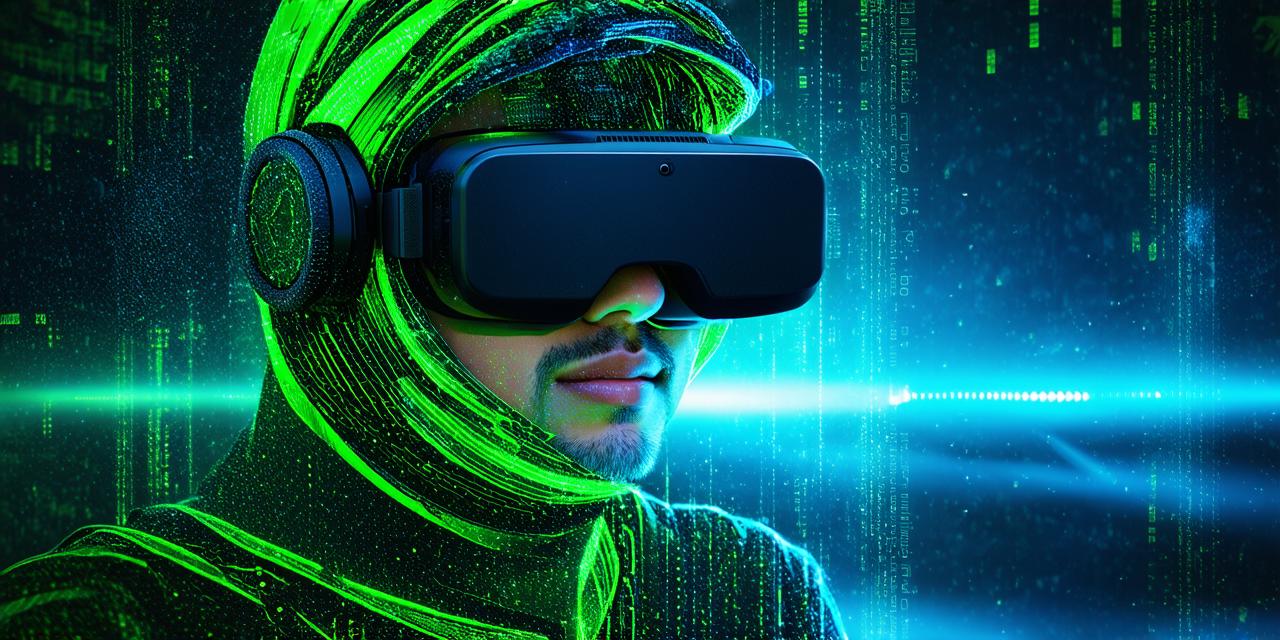The Growth of Virtual Reality Technology
According to a report by Statista, the global VR market is expected to reach $233.9 billion by 2023, growing at a CAGR of 58.7% from 2019 to 2023. This growth is largely driven by the increasing demand for immersive experiences and advancements in technology that make VR more accessible and affordable.
One of the key factors driving the growth of VR technology is the increasing demand for immersive experiences. With the rise of social media and streaming platforms, people are looking for new ways to connect with others and experience unique and memorable events. VR provides a way to do this in a way that is both engaging and interactive, allowing users to fully immerse themselves in an experience like never before.
Another factor driving the growth of VR technology is the advancements in hardware and software. With the release of new VR headsets and controllers, as well as improvements in graphics and processing power, VR is becoming more accessible to a wider range of users. This includes both consumers and businesses, as VR is increasingly being used for training, simulation, and other applications.
Real-Life Examples of Virtual Reality Technology
Virtual reality technology is already being used in a variety of industries, from gaming and entertainment to healthcare and education. One example of this is the use of VR in medical training. With VR, doctors and nurses can simulate real-life scenarios, allowing them to practice their skills in a safe and controlled environment. This not only improves patient outcomes but also saves costs for healthcare providers.
Another example of virtual reality technology is its use in education. With VR, students can explore historical events and cultural experiences in an immersive way, providing a more engaging and memorable learning experience. This has the potential to revolutionize the way we teach and learn, making it easier for people to access and understand complex information.
The Future of Virtual Reality Technology
The future of virtual reality technology is bright, with advancements expected to continue driving growth in the industry. One area where VR is likely to have a significant impact is in the field of tourism. With VR, people can virtually explore different parts of the world without ever having to leave their homes, providing a way to experience new cultures and sights in a safe and affordable way.
Another area where VR technology is likely to have a major impact is in the field of entertainment. As virtual reality headsets become more affordable and accessible, we can expect to see even more immersive gaming experiences that allow users to fully immerse themselves in the game world. This could also lead to new forms of entertainment, such as virtual concerts and live events.
FAQs
Q: What is virtual reality technology?
Virtual reality technology is a computer-generated simulation of a 3D environment that can be interacted with using specialized devices, such as VR headsets and controllers.
Q: How does virtual reality technology work?
Virtual reality technology works by creating a simulated environment that the user can interact with using their senses, specifically their sight and hearing. The user wears a headset that tracks their movements and displays a 360-degree view of the simulated environment.
Q: What are some real-life examples of virtual reality technology?
Virtual reality technology is already being used in a variety of industries, including gaming, entertainment, healthcare, and education. Some examples include medical training, virtual tours of historical sites, and immersive learning experiences.
Q: What does the future hold for virtual reality technology?
As virtual reality technology continues to grow, we can expect to see even more innovative applications and uses for this technology. This includes immersive tourism experiences, advancements in healthcare and education, and new forms of entertainment.
In conclusion, virtual reality technology is experiencing significant growth due to its increasing accessibility and affordability, as well as the demand for immersive experiences. With its potential applications virtually endless, VR is becoming an increasingly popular technology in a variety of industries. As the future continues to unfold, we can expect to see even more exciting developments and innovations in virtual reality technology.
